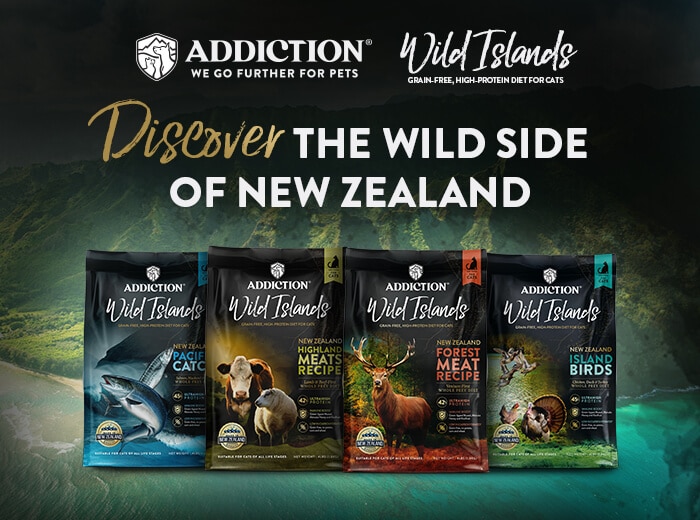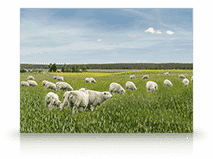Not all dogs can safely enjoy the same foods that others eat. In some cases, they may have sensitive stomachs that may lead to complications when ingesting common meat proteins. “The majority of canine food allergy cases involve a reaction to the protein source, such as chicken, beef, or egg,” said Dr. Natalie Stilwell, DMV from the Department of Population Health, Southeastern Cooperative Wildlife Disease Study.
Reactions like vomiting or recurring skin and ear infections are common symptoms that Dr. Stilwell notes as reactions to such allergies.
Before looking for treatments, it’s important to note that a proper diagnosis from your trusted veterinarian is a must. Pinning down the cause of such sensitivities and reactions will always be the first step to determine treatment.
Once the cause is identified and reactions do stem from food allergies, here are 3 tips from Dr. Stilwell that you can take note of to address it.
Trying the elimination diet

Much like human allergy testing, it might be best to see first which foods your dog is allergic to. Dermatology for Animals recommends an elimination diet for 6 to 12 weeks to help you determine what sets off reactions. An elimination diet is a type of eating plan that omits a food believed to cause food intolerance. If you’re feeding your dog an elimination diet, it’s important that they don’t eat any other pet food ingredients other than the one you’re testing for. This, of course, includes those that your vet doesn’t recommend. Should you detect symptoms within a week, switch back to the trial food until it eases. Continue this process until you’ve narrowed down the list of food that your dog can safely eat.
Using a bland diet

Veterinarians recommend bland diets for pets when their stomachs are upset. According to the VCA Hospitals, a bland diet is low in fat and gentler on the stomach. It usually has a single protein source that’s boiled and a simple carbohydrate such as rice. A bland diet’s goal is to give your dogs food that they can easily digest.
Switching to dog food made with novel proteins

Dr. Jennifer Coats, DVM, and member of the American Veterinary Medical Association, recommends switching to dog food with novel proteins.
Novel proteins are animal meats that aren’t usually used as pet food ingredients. Some examples include Venison, Brushtail Possum, and Kangaroo meats. Since these aren’t normally consumed, they have fewer chances of triggering allergic reactions or other food sensitivity-related symptoms. The pet foods that these ingredients go into are often the limited ingredient variety, which excludes things like potatoes, soy, or wheat, common allergens.
Why limited ingredient diets could work
Taking care of pets is a huge responsibility. It’s even harder if you find that your dog has a sensitive stomach.
You would have to carefully browse labels in every package to ensure that there aren’t any ingredients that could harm them. This is why considering a limited ingredient diet may be the key to solving your problem.
Such limited ingredient diets that contain premium novel protein sources are Addiction’s Viva La Venison and Wild Kangaroo and Apples. Both dog food products contain a single high-quality protein source. It has no common allergens such as chicken, poultry , wheat, and soy.
Best of all, they’re made in one of the cleanest places to source natural ingredients from – New Zealand. Addiction Pet Foods runs its own manufacturing plant in the Bay of Plenty.
It should also be noted that dogs may also have their own preferences for certain types of food. Some may prefer the crunchiness of dry kibbles, while others may opt for hydrated foods.
In the latter case, raw alternative dog food with novel proteins can be used to accommodate your pet’s feeding preferences. This type of dog food has the convenience of kibbles but can also be rehydrated to provide the same mouthfeel as wet food and the nutritional value of raw food.
While it may be harder to care for dogs with a sensitive stomach, you should always remember that there are ways to make your dog’s life easier and that they shouldn’t miss out on getting vital proteins and nutrients just because they might not be able to ingest food others can safely. – Addictionpet.com
Photo sources:
- 1st photo by Lucas Andrade from Pexels
- 2nd photo by Mikhail Nilov from Pexels











